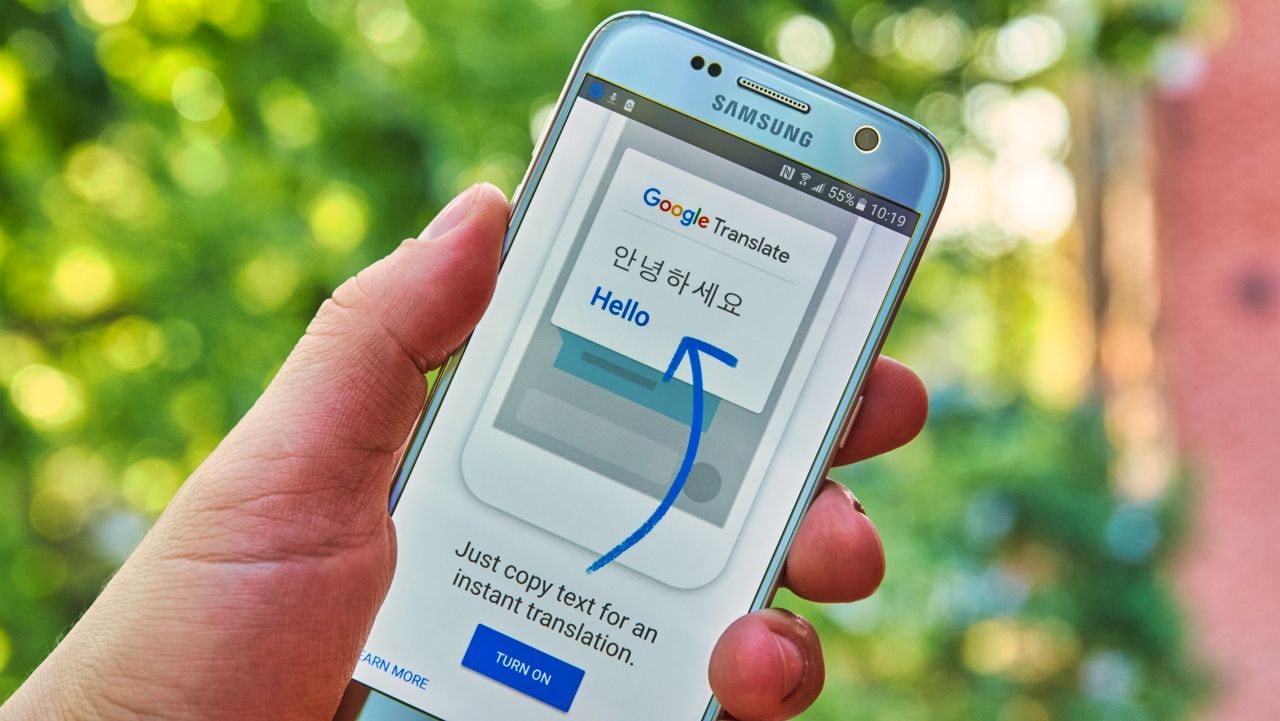
You want quick translations for your website or other software. Is a translation proxy the right way to go? There are certainly good use cases, but you need to be careful with how you use a translation proxy.
Instant translations seem like a great idea, don't they? If your translations were completely automatic, everything would be quicker… or so it seems. You could create new English language content and it would be translated with no human intervention.
This is the promise of a translation proxy — a service that localizes your content automatically and immediately.
We occasionally use translation proxies with our clients. There are some compelling use cases. But using the technology isn't as straightforward as you might think.
Is it possible to all your content automatically with a translation proxy? Maybe.
Should you translate all your content with a translation proxy? No.
Which content can you safely translate in this way? That's the question we answer in this article…
What is a translation proxy?
A translation proxy is a specialized server application that acts as an intermediary between a website, or software app, and its end users. When a global user accesses the website, the translation proxy replaces the original content with a translated version.
Translation proxies differ from simply having a static, localized version of your website.
With a localized website, your content management system (CMS) stores the translated version and the original version. When the user accesses the localized webpage, the CMS serves them the static webpage.
A translation proxy generates the translations on-the-fly. Often, this means having automatic translations generated by a machine translation algorithm. With machine translation, you don't have the same quality control as you have with a human translation. However, a translation proxy can also serve the user with stored human translations or a mixture of human and machine translations.
People sometimes assume that they can just "add Google Translate" to their website and this will take care of all the translations. This is not a good idea, unless you were running a small hobby website where the total lack of quality control was acceptable.
How a translation proxy works
What's going on "on the back end" when you add a translation proxy to your website or app?
A translation proxy works in the following way:
- The end user accesses the webpage or app screen through their device.
- The proxy intercepts this request and decides where to route it depending on the required language.
- If the request is for the source language of the site, it serves the untranslated version.
- If the request is for a translated version, it triggers the process to create a translated version, or serve a cached version of the translated content.
- The proxy generates a newly translated webpage based on the requested content:
- It may use a "translation memory" to translate the content using stored human translations.
- Otherwise, it will generate real-time translations automatically with machine translation.
- The proxy composes a newly translated website from a combination of its cache and the translations generated in the previous step.
- The proxy serves the translated webpage to the end user.
In this way, the translation proxy quickly generates translations for any source content. The process means you can create new source content, publish it on your website or app, and immediately see translations in your target languages.

The myth of "saved time" with translation proxy technology
The apparent promise of translation proxies is that they save you time and resources.
Translations are instant. As a result, it looks like you will spend less time working with translations and interacting with human translators. And the per-word cost of machine translation is lower than human translations.
The problem? In general, you save little time and resources by using a translation proxy. You just move the time and resources you are spending to another part of the process — quality control.
Accuracy is one of the top priorities for our clients. They know that high-accuracy translations are vital for creating quality customer-facing content.
When you apply a translation proxy in the right way, it can be a valuable tool for streamlining your localization workflow. When you apply a translation proxy in the wrong way, you just move the work "down the road." Your teams end up continually correcting errors in the automatically generated translations. They spend more time cleaning up the mess than you save by using the proxy.
What about "saved budget"?
A translation proxy can also be a tool to reduce the cost of translations. But often these savings are not as big as you would think either.
The cost of a translation proxies is usually worked out on a "click charge" basis. Every time someone accesses a translated version of the content, it costs you money. These costs can quickly add up and can be a complete waste of budget if you are working with high volumes of rarely changing content.
The need for speed without quality: When translation proxies makes sense
What is a good example of a use case for a translation proxy?
Sometimes you just need instant translations and you are not so concerned about the quality. For example, when you are rapidly distributing new content internally that your customers will never see.
One of our clients, a global manufacturer, uses this approach for some internal communications. They can create the content in English and immediately distribute it to all their markets.
There is a caveat to this — they clearly state that a proxy created the translations. Anybody reading the translated content knows that it may be inferior quality. They can also choose not to translate the content and just read it in the original English.
If you need instant translations, a translation proxy can be the perfect solution. But you need to be clear that it is a proxy so the translations may not be perfect.

How to find the right translation proxy solution for you
Do you think that a translation proxy might be a suitable solution for your company's website or app?
You might wonder how you can find a good translation proxy that will serve your needs.
It's a good idea to talk with your translation provider before looking for a specific software solution. Adding a translation proxy can be a complex process. Whatever solution you end up using, your success will depend heavily on the configuration and integration with the rest of your systems.
If you have any questions about adding a translation proxy, get in contact with us and one of our team will help you out.
And for more tips on streamlining your translation workflow, download our free eBook